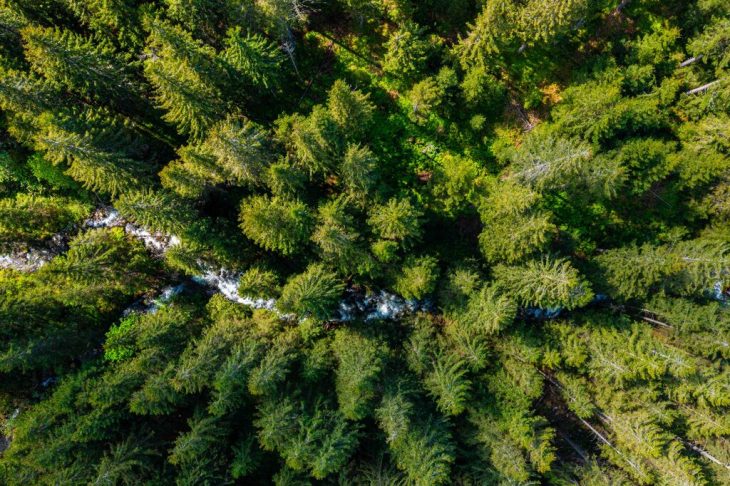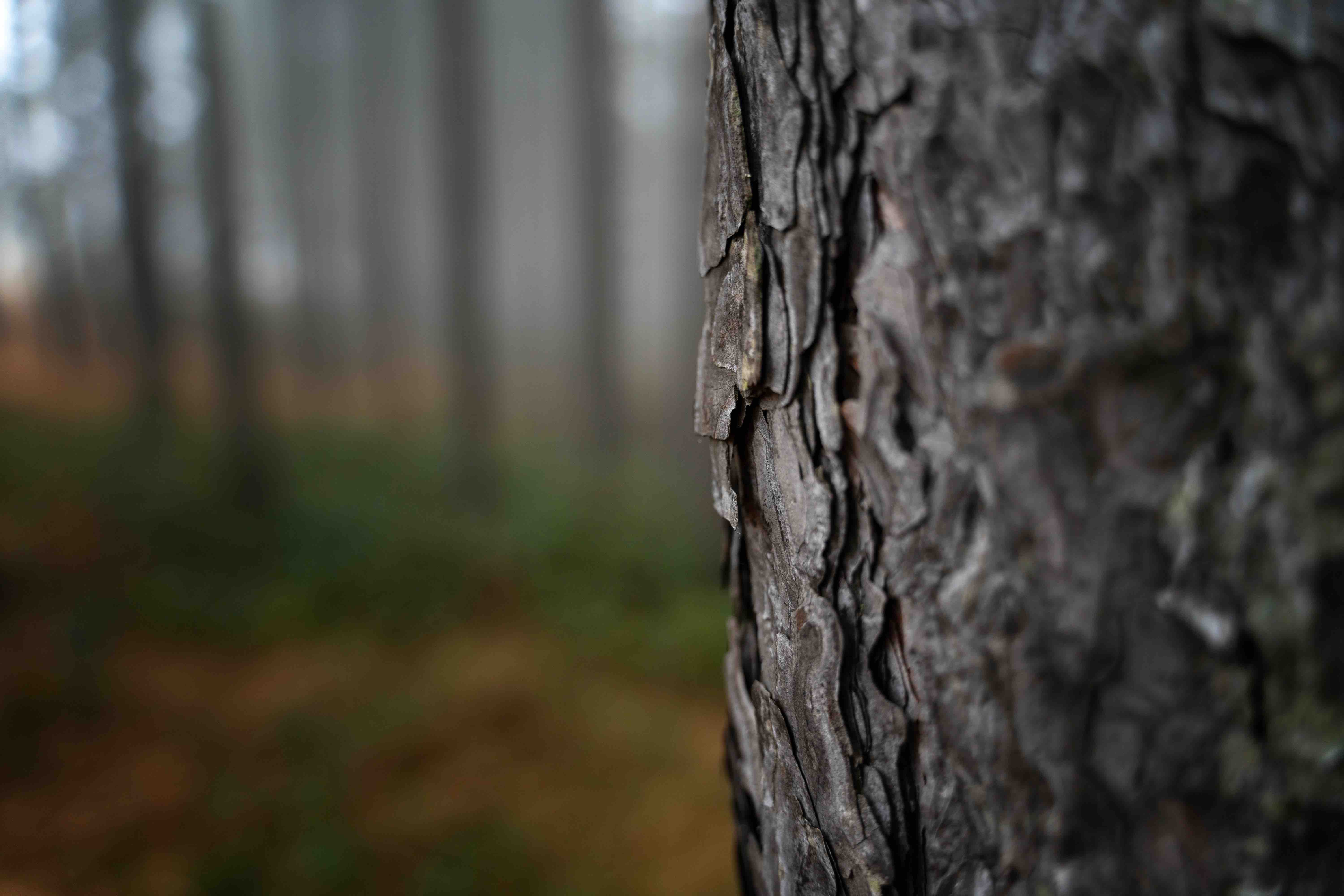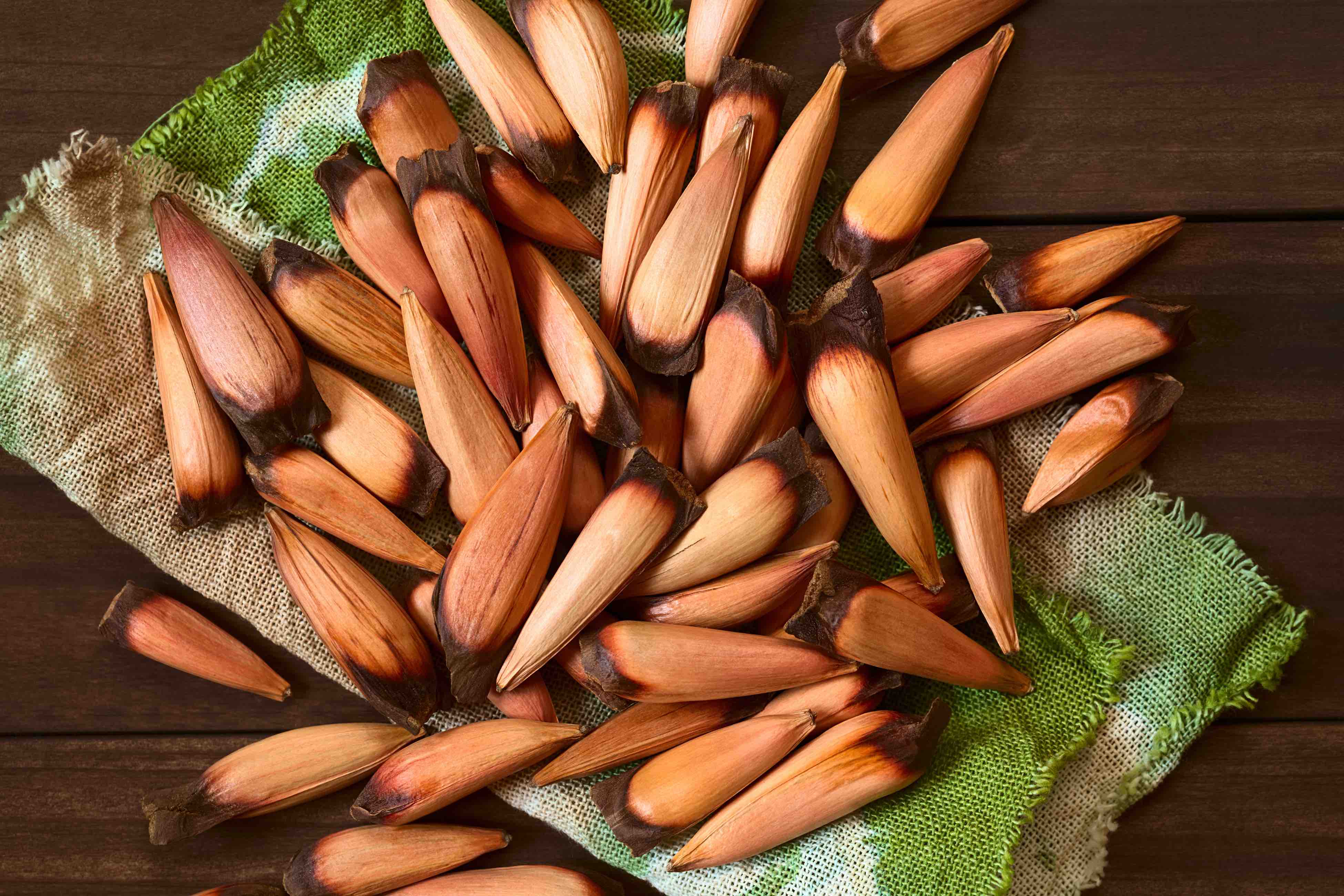
Pine trees are majestic and iconic symbols of the natural world. These evergreen conifers are known for their tall stature, distinct needle-like leaves, and iconic cones. Join us on a journey through 19 fascinating facts about pine trees, and discover the wonders that make them so unique and captivating.
A Diverse Family
Pine trees belong to the Pinaceae family, which includes more than 120 different species worldwide. They are found in various regions across the globe, from North America to Europe, Asia to Africa.
Ancient Existence
Pine trees have a rich evolutionary history that dates back more than 140 million years. They have witnessed the rise and fall of various civilizations and continue to thrive today.
Evergreen Marvels
One of the most distinctive features of pine trees is their evergreen nature. They retain their green needles throughout the year, providing a splash of color in winter landscapes when other trees shed their leaves.
Unique Bark Patterns
Pine tree bark exhibits a wide range of patterns, textures, and colors. Some species have smooth and thin bark, while others have thick and deeply furrowed bark. These bark variations provide visual interest and aid in species identification.

Needle-Like Leaves
Unlike broad-leaved trees, pine trees have long, needle-shaped leaves. These needles have a waxy coating that helps reduce water loss and protect them from harsh environmental conditions.
Aromatic Scents
Pine trees are renowned for their delightful fragrance. The distinct scent of pine needles and resin adds to the sensory experience of being in their presence and is often associated with fresh, crisp air.
Long-Lived Giants
Pine trees are known for their impressive lifespans. Some species can live for several hundred years, with the oldest recorded pine tree estimated to be around 4,900 years old.
Resilient Survivors
Pine trees have adapted to thrive in various environments, from cold, snowy regions to dry, arid landscapes. Their ability to withstand harsh conditions is a testament to their resilience and adaptability.
Ecological Importance
Pine trees play a crucial role in maintaining the balance of ecosystems. They provide habitat for diverse wildlife, contribute to soil stabilization, and act as carbon sinks, helping mitigate climate change.
Timber and Lumber
Pine wood is widely used for construction and woodworking due to its durability and versatility. It is commonly used in the production of furniture, flooring, paneling, and even paper.
Edible Pine Nuts
Some species of pine trees produce edible pine nuts, which are valued for their rich flavor and nutritional content. These tasty nuts are used in a variety of culinary preparations, from salads to pesto sauces.

Fire-Adapted Trees
Pine trees have evolved unique adaptations to survive and even benefit from wildfires. Their thick bark acts as a protective layer against intense heat, and their cones release seeds in response to fire, taking advantage of the open and nutrient-rich soil.
A Variety of Cone Shapes
Pine cones come in various shapes and sizes, depending on the species. They range from small, compact cones to large, elongated ones. These cones house and protect the tree’s seeds until they are ready for dispersal.
Fascinating Seed Dispersal
Pine cones disperse their seeds through a variety of methods. Some species rely on the wind to carry the seeds away, while others require the help of animals, such as squirrels or birds, to distribute the seeds.
Medicinal Uses
Certain parts of pine trees, including the bark and needles, have been used in traditional medicine for their therapeutic properties. Pine needle tea, for example, is known for its high vitamin C content and potential immune-boosting benefits.
Symbolism and Cultural Significance
Pine trees hold significant cultural and symbolic value in many societies. They are often associated with longevity, wisdom, and immortality. In some cultures, pine trees are considered sacred and are used in religious ceremonies.
Myths and Legends
Throughout history, pine trees have been surrounded by myths and legends. They are often featured in folklore, representing strength, resilience, and the enduring spirit of nature.
Forests of Serenity
Pine forests exude a serene and tranquil ambiance. The gentle rustling of pine needles in the wind, the dappled sunlight filtering through the branches, and the fresh scent of the forest create a peaceful retreat for both humans and wildlife.

Aesthetically Pleasing Landscapes
The beauty of pine trees and their surroundings has inspired artists, poets, and photographers for centuries. Their tall silhouettes, vibrant green foliage, and textured bark contribute to picturesque landscapes that evoke a sense of wonder and natural harmony.
Final Thoughts
Pine trees are marvels of the natural world, offering us not only visual splendor but also a wealth of ecological, cultural, and practical benefits. From their evergreen presence to their adaptability in various environments, they continue to awe and inspire us with their timeless allure.
Frequently Asked Questions
Why is it called a pine tree?
Pine trees derive their name from the Latin word “pinus,” which refers to the genus of coniferous trees. The term has been used for centuries to describe these evergreen trees with needle-like leaves and cones.
What is so special about a pine tree?
Pine trees are special due to their evergreen nature, resilience in various environments, longevity, and ecological importance. They have also played significant roles in cultural symbolism and have practical uses in industries like construction and woodworking.
What do all pine trees have in common?
All pine trees share certain characteristics, such as needle-like leaves, cones for seed production, and adaptations to thrive in diverse climates. They also belong to the Pinaceae family, which unites them under a common lineage.
What are some myths about pine trees?
Pine trees have been associated with various myths and legends throughout history. In Greek mythology, for example, the pine tree was sacred to the god Dionysus and represented eternal life. Other cultures have attributed protective or mystical properties to pine trees.
Where do pine trees grow best?
Pine trees are found in different regions worldwide. They thrive in temperate and boreal climates, with some species preferring mountainous areas, while others adapt well to coastal regions. The specific habitats vary depending on the species and their ecological requirements.
Was this page helpful?
Our commitment to delivering trustworthy and engaging content is at the heart of what we do. Each fact on our site is contributed by real users like you, bringing a wealth of diverse insights and information. To ensure the highest standards of accuracy and reliability, our dedicated editors meticulously review each submission. This process guarantees that the facts we share are not only fascinating but also credible. Trust in our commitment to quality and authenticity as you explore and learn with us.
